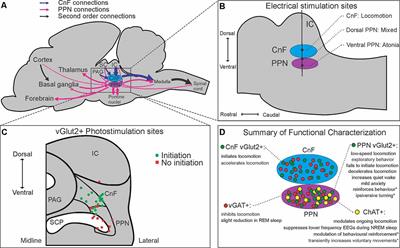EDITORIAL
Published on 11 Aug 2021
Editorial: The Jilted Brain: Neglected Structures and Functions
doi 10.3389/fnsys.2021.716242
- 3,855 views
7,809
Total downloads
49k
Total views and downloads
EDITORIAL
Published on 11 Aug 2021
MINI REVIEW
Published on 21 Apr 2021
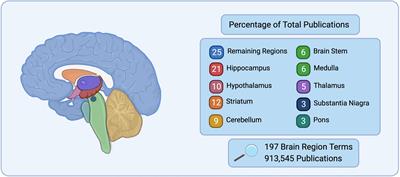
REVIEW
Published on 11 Dec 2020
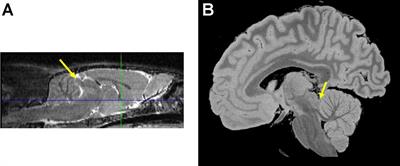
REVIEW
Published on 02 Dec 2020
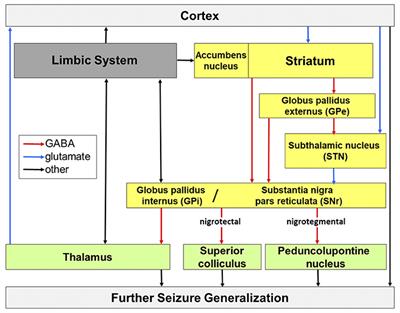
MINI REVIEW
Published on 21 Oct 2020
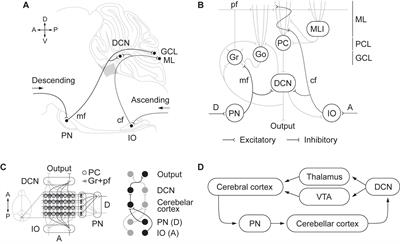
PERSPECTIVE
Published on 21 Aug 2020
